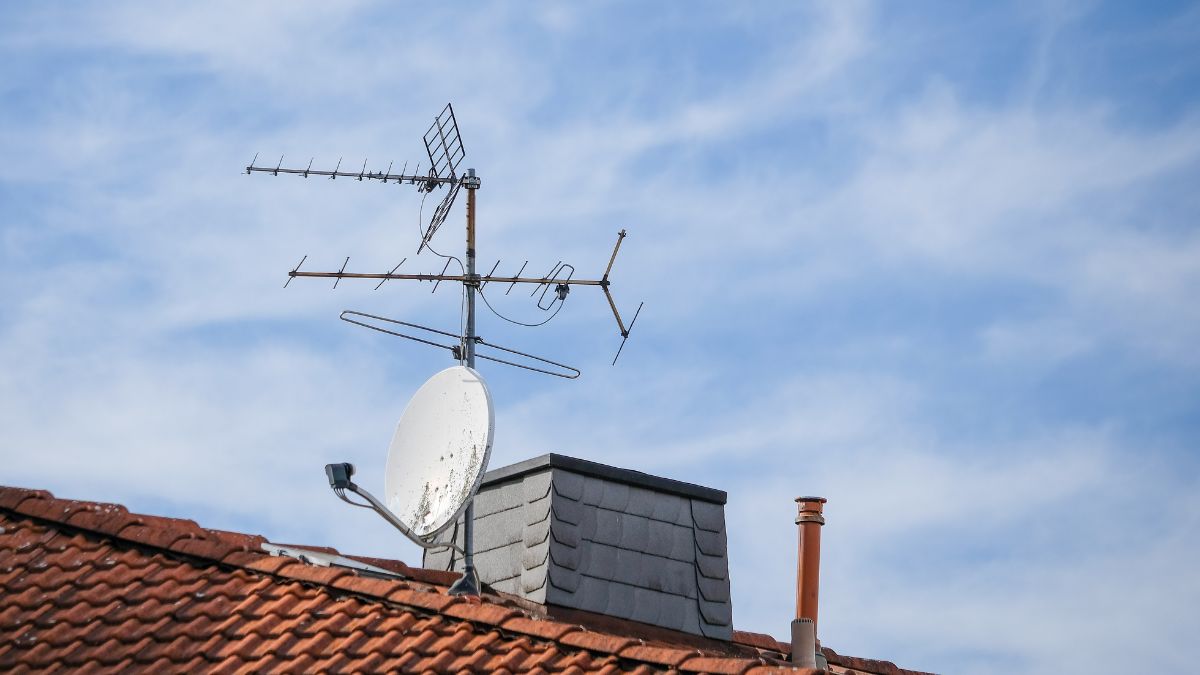Satellite vs. Terrestrial Internet: Who Wins the Connectivity Race?
Category : Home Internet & Fibre | Sub Category : Home Internet & Fibre Posted on 2025-05-23 14:38:50

In today's ever-changing digital landscape, internet access has become critical
to both personal and professional life. Terrestrial internet, which is offered
via cables, fiber optics, or cellular towers, has historically dominated the
industry. Satellite internet, on the other hand, is quickly developing as a
serious contender, particularly in locations where terrestrial infrastructure
is inadequate. The dispute over satellite versus terrestrial internet is about
more than just speed and stability; it is also about accessibility,
scalability, and long-term viability.
Terrestrial internet has long been considered the gold standard in urban and
suburban settings. Fiber-optic networks provide lightning-fast speeds and low
latency, enabling everything from video streaming to high-frequency trading.
Mobile broadband, enabled by 4G and 5G technology, offers flexibility and high
performance in densely populated areas. However, this infrastructure is
expensive and time-consuming to build, leaving rural and distant areas
underserved or completely disconnected.
Satellite internet, on the other hand, offers coverage where terrestrial
systems cannot. With businesses like Starlink, OneWeb, and Amazon's Project
Kuiper entering the market, the satellite sector is witnessing a resurgence.
Modern low-earth orbit (LEO) satellites have substantially lower latency than
previous geostationary satellites, making online activities such as video
conferencing and gaming more viable. While weather interference and increased
prices remain obstacles, satellite internet's capacity to link the "last
mile" is unparalleled.
Despite the benefits of both, the "winner" in the connectivity race
may not be one over the other, but rather how the two may work together.
Terrestrial internet will most certainly continue to dominate in urban areas
due to its speed and stability. Meanwhile, satellite communication can be a
valuable supplement, filling in coverage gaps and giving failover choices in
emergencies or disasters. Hybrid devices that combine both technologies may be
the best option for providing countrywide coverage.
The struggle between satellite and terrestrial internet is defining the future
of global communication. While terrestrial networks excel at speed and
infrastructure, satellite solutions provide accessibility where it is most
required. As technology progresses and costs fall, the combination of these two
approaches may ensure that no one is left behind in the digital era.
Visit our website
https://www.nextgwireless.net
#SatelliteInternet #TerrestrialInternet #Internet #InternetConnection #InternetConnectivity #NextelleWireless
Search
Categories
Recent News
- Smartphone Technical Features: Enhancing the User Experience
- Smartphone Technical Features: Enhancing the User Experience
- Google Android Software: Powering the Mobile Revolution
- The Future of Apple Operating System
- Cameras in Smartphones
- Emerging 5G Networks and Their Significance
- Smart Phones and Society
- 3G, 4G, and 5G Wireless: An Evolution in Connectivity